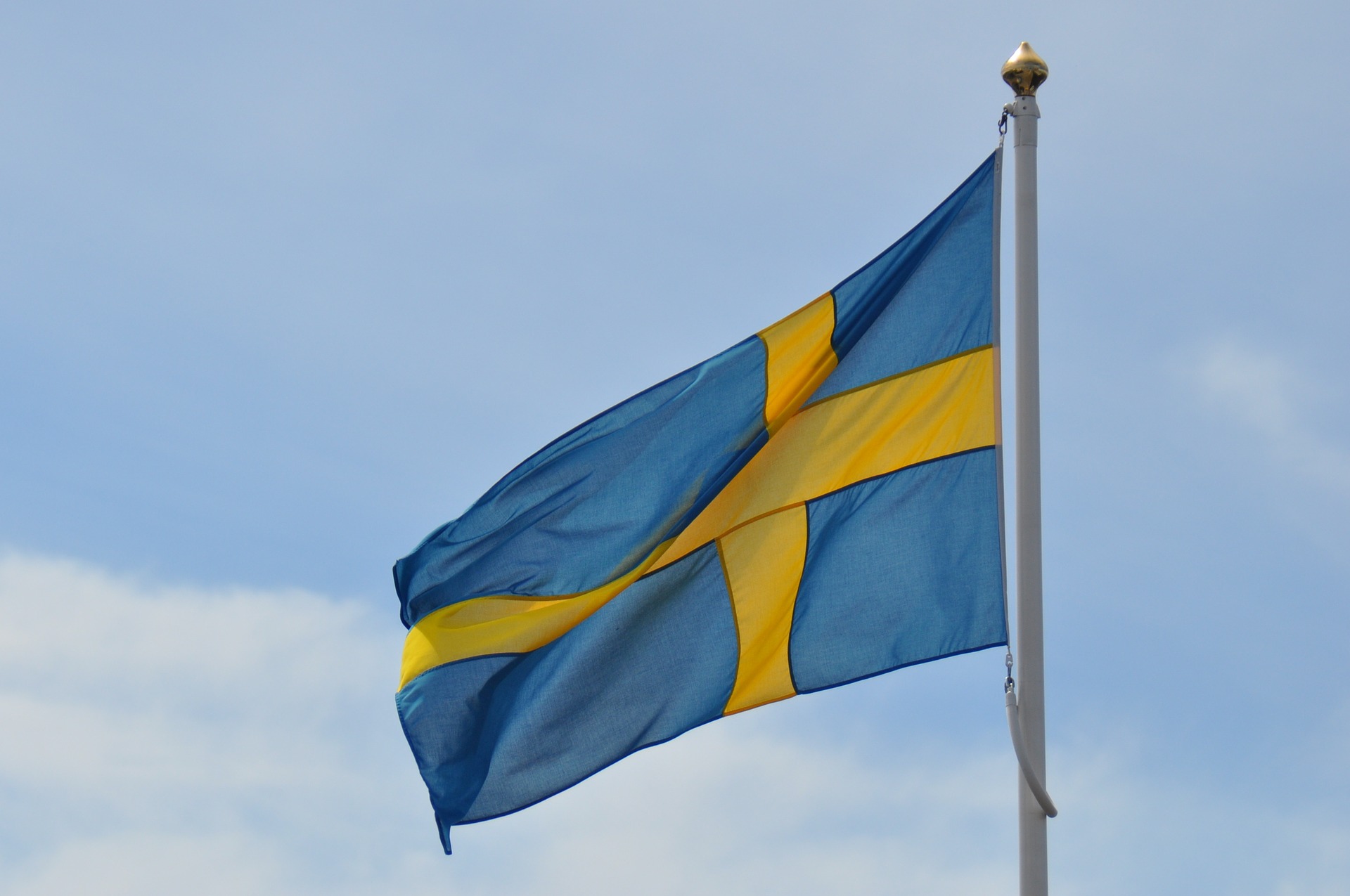
County infrastructure plan in Blekinge
By Marco Mazouzi, Marian Cihon, Pawel Warszyck
Infrastructure is an important part of planning public transportation and will influence how people will travel. Other dimensions, such as urban-rural linkages and renewable energy are two areas that are also affected.
The Blekinge County Transport Infrastructure Plan for 2014-2025 includes investments in the regional road network consisting of all roads except the E22. In addition to investments in the road network, Blekinge has signed an agreement with the Swedish Transport Administration on cofinancing capacity-enhancing measures on the Blekinge coastal railway.
The Transport Infrastructure Plan aims at creating an attractive and sustainable transport system and it thus constitutes an important part of the regional development strategy for the county Blekinge Strategy 2014 - 2020.
The OECD report on Småland-Blekinge points to deficiencies in the infrastructure where the county has less accessibility via the road and rail network to EU markets than regions that are geographically further away. However, Blekinge has a strategic position in the South Baltic region, which is considered a strength for the county. The position as a natural gate towards major population centres in Eastern Europe and Central Europe make it an important transit country for increased freight transport to emerging markets. However, Blekinge is a small region with a small population and, thus, has marginal resources to invest to support the development of the transport system. Significance for Sweden to develop a functional transport network over the Baltic Sea via Blekinge must therefore be reflected in National transport system plan.
The funds in the county plan are primarily aimed at increasing accessibility between the county’s two TEN-T ports in Karlshamn and Karlskrona and the country’s designated road and rail network for goods. The roads in the county have a prominent role in linking the transport system where RV 27 has significant deficiencies that need to be addressed.
Proximity to work and education requires good public transport. It will be possible to live and work in Blekinge or to commute to work and education in neighbouring countries. Proximity to the Øresund region and between the county’s university and university centres are important for the county development. Therefore Blekinge plans to increase the capacity of the Blekinge coast and contribute to investment in the expansion of public transport. Together with the municipalities it can - with common resources - continue to expand the cycle road network for increased commuting.
Strategy for climate and energy in Blekinge
The document is based on the Agenda 2030 and describes objectives in a number of areas to reach the main goal to make Sweden climate neutral by 2050. Region Blekinge plans to reduce energy use, change to renewable energy sources and recycle more to reduce the amount of waste. The key to achieve this is to work together with various organisations in Blekinge and it has been part of the development of the document. The responsibility to make demanded changes is also put on a number of actors in the society to make it a shared task. The strategy includes many measurable actions to make the results possible to follow up.
Regional strategy for public transport in Blekinge
This document describes ambitions and frameworks for planning public transport in Blekinge. The public transport should be constructed to support the main goals of Blekinge to reach economical, ecological and social sustainability. Public transport should make Blekinge more attractive to live in and to visit. Blekinge wants to be competitive in areas where the demand for travel is high and that Blekinge citizens will choose public transport over the car. In rural areas public transport should offer an alternative to cars particularly for e.g. commuting to school and work. Blekinge also puts a lot of effort to attract tourists through a well-developed boat service in the archipelago.
Public transport should also be a base for sustainable fuels to make it available for the public and at the same time to make public transport the best choice for reducing the climate footprint.
